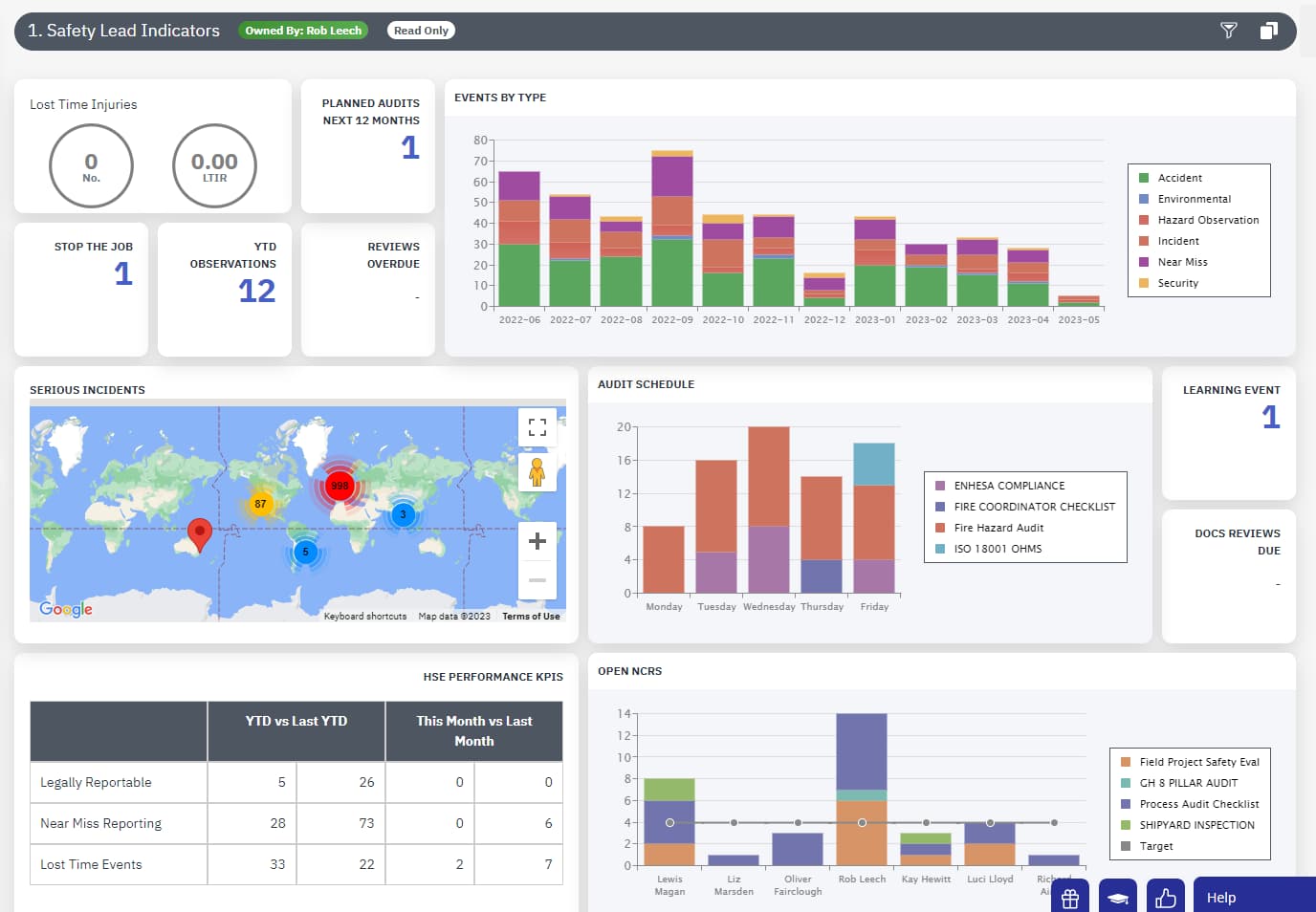
Chemical Exposure
What is Chemical Exposure?
Chemical exposure occurs when a worker comes into contact with any substance that can cause harm to their health. These may include liquids, gases, solids, or even dusts that can be inhaled.
Chemicals can cause both short-term and long-term health problems and may affect a worker’s skin, eyes, respiratory system, and even their internal organs.
Because of the wide variety of chemicals used in the workplace, it is important to have an understanding of the hazards they pose and how to minimize the risk of exposure.
When working with chemicals, it’s vital PPE is worn to protect against chemical exposure.
The Importance of Minimizing Chemical Exposure
Chemical exposure is a major concern in any workplace, especially for those in manufacturing and laboratory settings.
Chemicals can cause serious harm to employees if not handled properly and can result in health problems that can affect them for the rest of their lives.
It is imperative for employers and their employees to have a thorough understanding of chemical exposure and safety measures to prevent any mishaps.
There are three main types of chemical exposure: occasional exposure, repeated exposure, and chronic exposure. Occasional chemical exposure occurs when an employee is exposed to a chemical for a short period of time.
Repeated exposure happens when employees work over time with a chemical. Chronic exposure refers to extended exposure to a chemical that can occur over months, years, or even decades.
The effects of chemical exposure vary based on the toxicity of the chemical, the amount of exposure, and the length of time an employee is exposed.
Short-term exposure may result in skin and eye irritation, nausea, and headaches. Long-term exposure may cause respiratory problems, reproductive issues, and even cancer. In some cases, chemical exposure can be fatal, which is why it’s so important for organizations to take steps to prevent it.
How to Reduce the Risk of Chemical Exposure
There are several steps companies can take to mitigate the risk of chemical exposure, as discussed below.
Ensure Proper Ventilation Systems
When working with chemicals, make sure there are proper ventilation systems in place to prevent inhalation of the fumes. Employees who work in confined spaces such as laboratories and factories should have a system that provides adequate air circulation to control chemical vapours.
Ventilation includes air cleaning methods such as exhaust hoods and fans to capture and eliminate fumes and reduce the risk of chemicals becoming airborne.
Train Employees on Chemical Safety
It is vital to ensure that all employees receive training on chemical safety and how to handle hazardous materials. Educating employees on the hazards associated with chemicals and how to reduce exposure will prevent accidents and injuries.
Training should include the proper use of personal protective equipment (PPE), which can help minimize the risk of chemical exposure.
PPE typically includes gloves, safety glasses, respirators, and other protective clothing designed to protect the employee from chemical exposure.
Implement Safety Policies and Procedures
Creating and implementing safety policies and procedures is essential in every workplace. It is an effective way to reduce the risk of chemical exposure and create a safe working environment for all employees.
Safety policies should be comprehensive and explain the risks associated with various chemicals and the necessary precautions.
Implementing procedures to handle, store, and dispose of hazardous waste is also essential to minimize chemical exposure.
Regularly Monitor Air Quality
The quality of air in the workplace can significantly impact employee health and safety. It is imperative to monitor the quality of air regularly to ensure employees are not exposed to harmful chemicals.
Air quality monitors can check the levels of airborne toxins to ensure that they are below the acceptable levels set by organizations like OSHA.
Use Safer Chemical Alternatives
Employers should consider using safer chemical alternatives wherever possible to reduce exposure risks. Using safer products, such as non-toxic cleaners, can help employees avoid the hazardous effects of toxic chemicals.
Preparing for Emergencies
In the event of an accidental chemical spill, an emergency response plan should be in place. A spill kit should be available on-site, and employees should be trained on how to use it.
In general, the following steps should be taken:
- Contact rescue services
- Evacuate the building
- Turn off the power
The chemical spill must be quickly contained by employees who are trained to do so. Once the chemical spill is contained, clean up and any required repairs should be noted.
It is also important to conduct a follow-up air quality test to ensure that employees are not breathing in harmful gases long after the incident has occurred.
Use Workplace Reporting Software to Analyse Chemicals
Advanced workplace reporting tools like EcoOnline can help organisations ensure timely reporting and make it easier for them to monitor chemical exposure. It allows organisations to gain important insights into general chemical handling processes, and makes it easy for them to track events that may have led to exposure.




